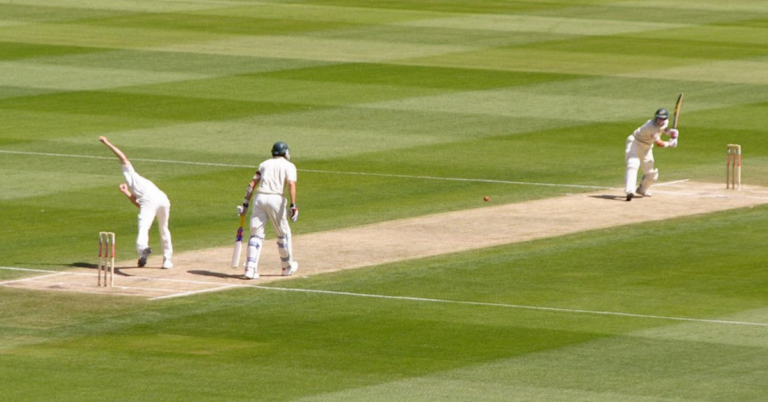Cricket and Sustainable Waste Management: Recycling Initiatives
Laserbook, Playinexch: Cricket matches attract huge crowds of enthusiastic fans, creating a lively and vibrant atmosphere within stadiums. However, alongside the excitement of the game comes a significant increase in waste production. From disposable food and beverage containers to packaging materials, the volume of waste generated during these matches can be staggering. This spike in waste output poses a direct challenge to waste management systems in place at cricket stadiums, requiring efficient strategies for collection, segregation, and disposal.
In addition to the waste generated by spectators, the maintenance and operation of the stadium itself further contribute to the overall waste production during cricket matches. The use of equipment, cleaning materials, and packaging for merchandise all add to the environmental footprint of these events. Addressing the impact of cricket matches on waste production not only requires vigilant waste management practices during the games but also calls for a holistic approach that considers the broader sustainability efforts of the stadium and its operations.
Challenges Faced in Managing Waste at Cricket Stadiums
Cricket stadiums face numerous challenges in effectively managing waste during matches. One major obstacle is the sheer volume of waste generated by the large number of spectators attending games. With food and beverage consumption high during matches, the accumulation of packaging and leftover items adds to the waste management complexity.
Additionally, the presence of non-biodegradable materials like plastic bottles and wrappers further compounds the waste management challenge. Ensuring proper segregation and disposal of different types of waste materials becomes crucial to minimize the environmental impact of cricket matches. Furthermore, the limited space and resources available for waste management at stadiums pose logistical hurdles that need to be addressed for efficient waste handling.
How do cricket matches impact waste production at stadiums?
Cricket matches typically attract large crowds, leading to increased consumption of food and beverages, as well as the generation of waste such as packaging materials, plastic bottles, and paper cups.
What are some of the challenges faced in managing waste at cricket stadiums?
Some of the challenges include inadequate waste management infrastructure, limited recycling facilities, lack of awareness among spectators about proper waste disposal, and the sheer volume of waste generated during matches.
How can cricket stadiums improve their waste management practices?
Cricket stadiums can implement better waste segregation systems, increase the number of recycling bins, educate spectators about the importance of recycling and proper waste disposal, and collaborate with waste management companies to ensure effective waste management practices.







